
“These actions bear witness to the Russian Federation’s contempt for international law standards,” Romania’s defence ministry responded after a night of chaos on NATO’s doorstep. The recent Russian missile and drone attack on Ukraine not only claimed civilian lives, including children, but also forced the NATO member countries into immediate military action.
These raids are just part of a broader build-up where Ukraine has been conducting deep penetrations of Russian space using Storm Shadow missiles provided by Britain, and the response has come in the form of raids against Ukrainian targets in the central part of the country. NATO’s eastern border is on high alert today and air policing missions are becoming more frequent.

This listicle tells the most shocking late-night news of the late-night strikes and broader military and geopolitics ramifications, from sending sophisticated fighter planes to deploying extended systems and mounting controversy over taunting weapons.

1. NATO Fighter Jets Sent into Action Alongside the Danube
Two Romanian F-16 fighter planes were launched from Borcea Air Base in the early hours following Russian air raids reaching the River Danube border. Two German Eurofighter Typhoons at Mihail Kogălniceanu Air Base were deployed under NATO’s Enhanced Air Policing mission. The Roman defence ministry held Moscow responsible for playing an open game of national and collective security. This swift deployment is an expression of NATO’s resolve to protect its eastern frontier, a theatre of surging Russian drone probing.

2. Storm Shadow Missiles Strike Deep In Russia
The Ukrainian army used British-benefacted Storm Shadow cruise missiles to destroyily reduce the Bryansk Chemical Plant, which produces gunpowder, bombs, and rocket fuel for the Russian military operations. The low-radar observable silhouette of the missiles and their terrain-following characteristics render them a hard target to shoot down. With their over 150-mile range, they can penetrate as far as possible beyond the line and change Russia’s defense policy. The attack was described as a “massive” success by the leaders of Ukraine, targeting air defenses and being a psychological shockwave for the border regions.
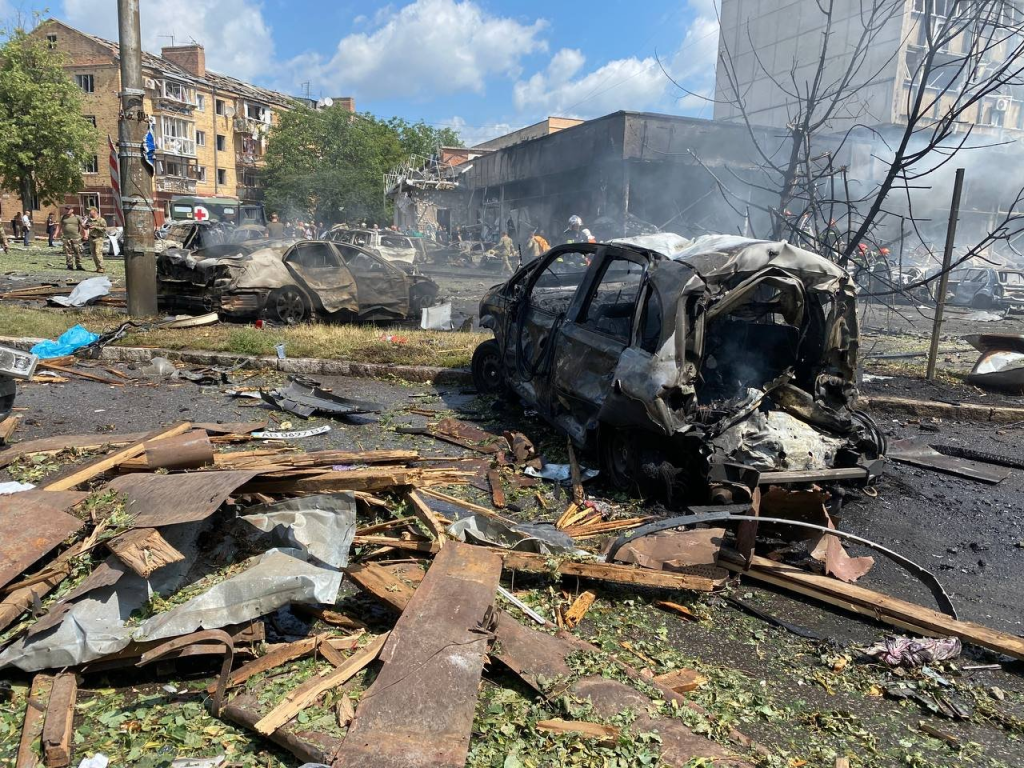
3. Revenge Strikes on Ukraine’s Energy Infrastructures
Shortly after the Bryansk attack, Russia swamped Ukraine’s power grid of electricity and heat with Kinzhal hypersonic missiles and drones. Kyiv, Odesa, and Zaporizhzhia thermal and hydroelectric power plants were hit, leaving civilians cold as temperatures dropped to 3°C. Ukrainian lawmaker Oleksiy Goncharenko warned that the country’s gas infrastructure was “essentially destroyed,” along with it, and concerns about a humanitarian crisis in winter grew. The attacks were non-military civilian-designed utility, which angered for its peacetime use.
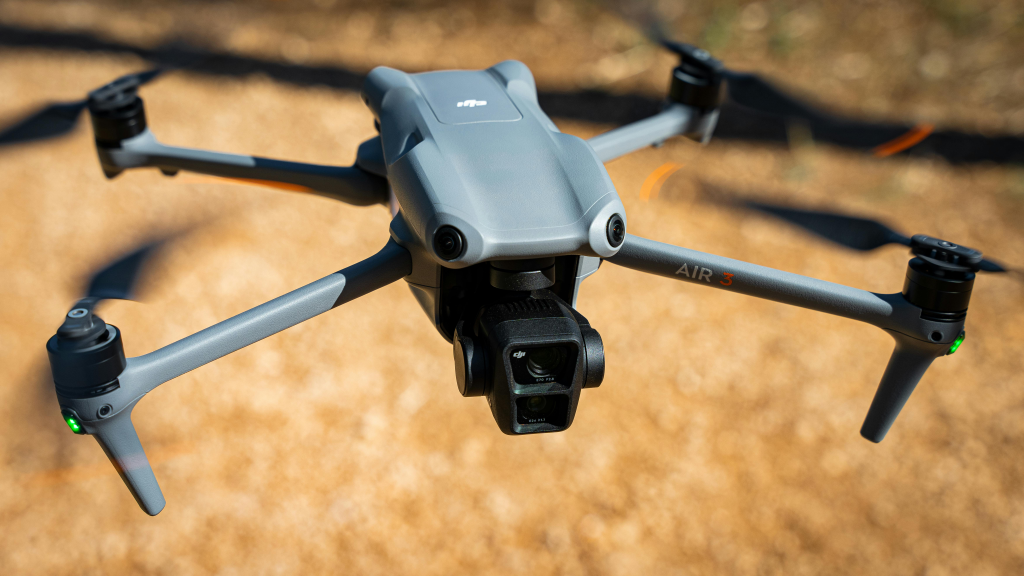
4. NATO’s Eastern Flank Under Constant Pressure
Months have gone by with constant humming of NATO planes in Romania and Poland against Russian drones either along or within the borders of allied nations. One of them was quantified by Poland’s defense minister as an aggression involving “over 10 objects” crossing Polish airspace. These incursions were described by Ukrainian President Volodymyr Zelensky as “an extremely dangerous precedent for Europe,” demanding joint and firm response to prevent further escalation.
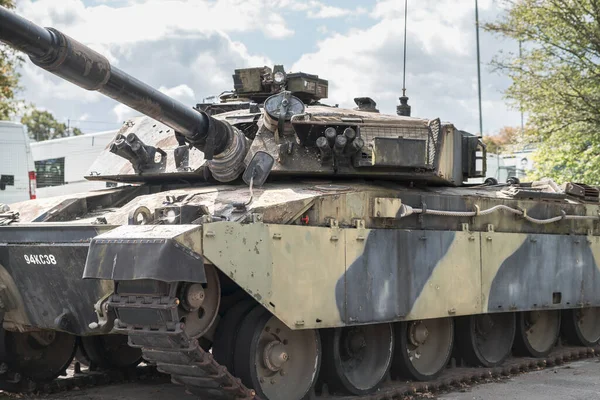
5. Britain’s Enhanced Military Assistance to Ukraine
Aside from Storm Shadows, Britain has provided Challenger 2 tanks, guns, and training under Operations Orbital and Interflex. The schemes have equipped hundreds of thousands of Ukrainian troops to NATO standard. Trend-setting London provides gifts which conventionally elicit corresponding donations by allies, then Germany intervenes to provide Leopard 2 tanks. Experts contend, however, that if war drags on, it may deplete British stocks at the cost of its own combat power.
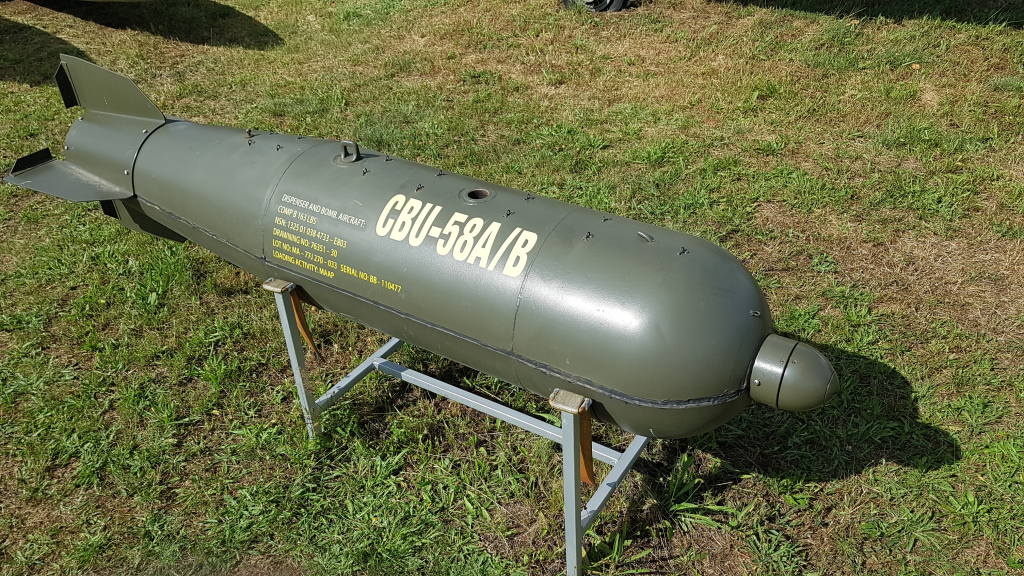
6. Controversial Use of Cluster Munitions
Cluster bombs, banned by 123 countries, have been employed by Russia and Ukraine and have led to casualties among civilians and polluted the land with lethal unexploded bomblets. US-held stockpiled cluster weapon sales to Ukraine were sanctioned by the US in 2023 and raised the world’s alarm. Ukrainian authorities assured their use will be only in public places against military targets, but their use in such places as Izium and Lyman means the humanitarian threat in the long term. Human Rights Watch still calls for their use to stop now.
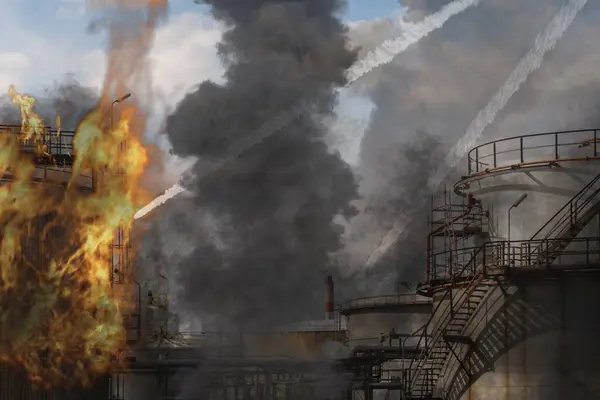
7. Economic Impact of Strikes on Russian Oil Facilities
Ukrainian drones have struck oil storage depots as far distant as Caspian Sea port Makhachkala, traveling over 700 miles to strike. The attacks have created fuel shortages and increases in petrol prices in Russia, overlaying the psychological effect of being attacked on top of the economic effect of sanctions. Military experts comment that the deep-penetrating attacks force Moscow to invest resources defending strategic assets from behind the front, leaving its military supplies depleted.

The nighttime forays are a subtle blend of war mobilization, forays into strategic depth, and NATO’s rising alertness on the eastern frontier. As Ukraine tests its borders with weapons supplied by the West, and Russia retaliates with forays into strategic locations, the intensity of the conflict grows. The coming weeks will challenge the mettle of Ukraine’s defense as much as NATO’s ability to deter further aggression short of all-out war.


